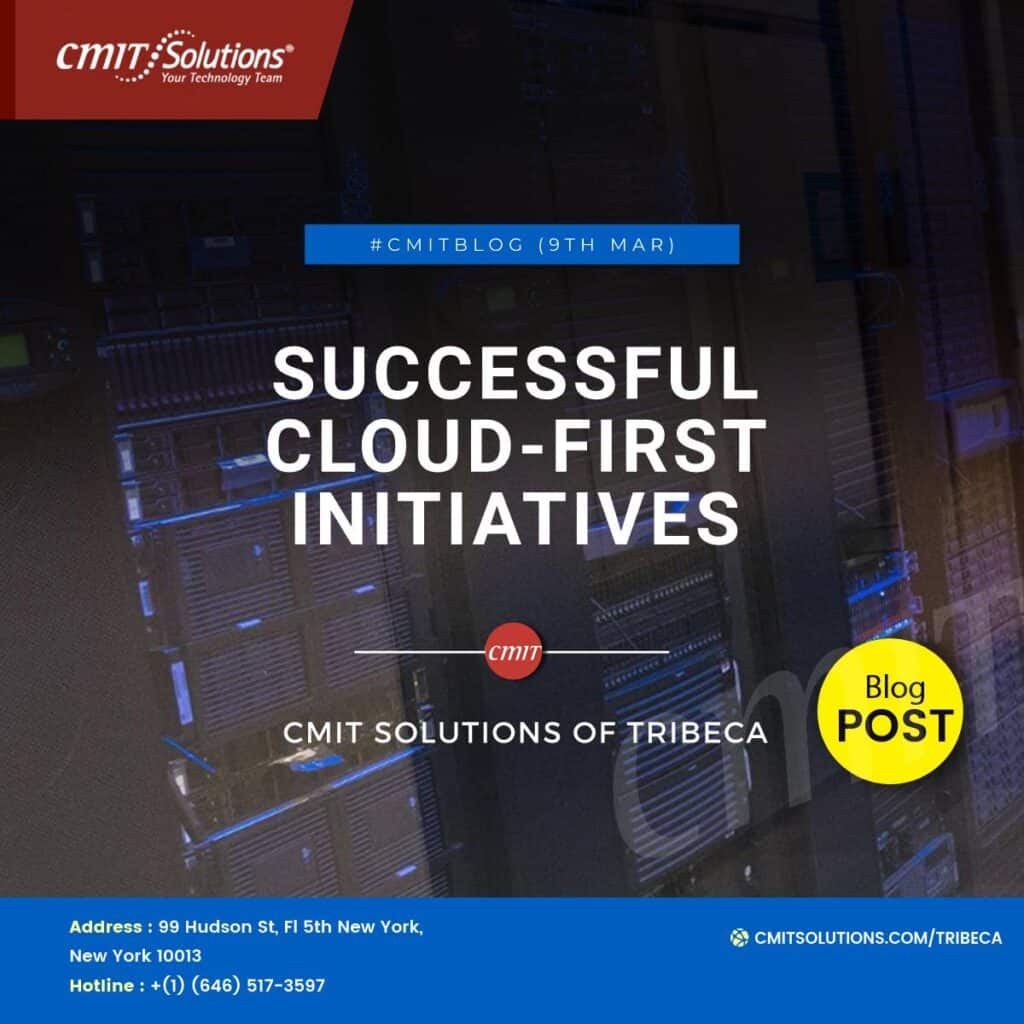The term “IT procurement” refers to a set of actions and processes for procuring information technology. IT procurement operations are often grouped into a single process, as seen below:
The IT Procurement Process is one of an organization’s most important strategic business procedures. Because all essential technology, software, and networks are ready and in service, it is a means to help the company “feel” better and complete its business tasks. The procedure enables establishing IT system needs, engaging with suppliers, administering procurement contracts, maintaining IT assets, and ensuring the the quality of the products/services purchased.
Why Does the IT Procurement Process Matter to Companies?
The procurement of software, hardware, systems, and technical services is, without a doubt, at the heart of all companies across sectors. This is true for both providers and purchasers.
To begin with, information technology procurement is critical to the realization of IT assets and the development of a healthy and expandable infrastructure of physical, software, and network components. With growing technology altering markets and organizations’ competitive nature, IT executives must guarantee that their IT infrastructures are equipped with the required procurement items so that changes can be made swiftly and without interrupting company operations.
The financial aspect of the technology procurement process, on the other hand, has a direct impact on the company’s profitability as well as its supplier relationships — essentially every partner in the supply chain. According to IBM Global Procurement, IT procurement and buying expenses alone vary from 39 percent to over 72 percent of each sales dollar, depending on the nature of the organization.
Finally, the effectiveness of IT purchasing has a direct influence on a company’s capacity to adapt quickly to changing market demand and customer behavior. IT procurement management is a critical driver of technological transformation because of its significant influence on revenues, expenses, and operational savings.
A broad IT supplier base is critical to a company’s profitability, security, and strategic goals, according to IT specialists. The link between continual IT procurement and company development is strengthened by supplier diversification.
Furthermore, keeping an up-to-date list of diversified IT procurement partners improves the company’s capacity to respond rapidly to supply chain interruptions, time-to-market pressures, and ever-changing consumer expectations.
However, 65 percent of top CPOs (Chief Procurement Officers) said they integrated a supply chain diversification strategy into their IT procurement management processes, compared to 25 percent of lower-performing CPOs (mostly in startups and growing businesses), indicating that many companies are still underutilizing supply chain and procurement diversity opportunities.
However, since diversity is one of the reasons impeding procurement speed and agility, IT procurement experts should aim on expanding their supplier base and building more disposable IT infrastructures.
A Model for IT Procurement
An expandable model of IT procurement process should be created in every firm to communicate information about managing procurement processes and tasks, as well as to sustain communication between employees participating in the IT procurement process. A model like this may be utilized by management teams to make the process of purchasing information technology more straightforward while yet being thorough. This will supply the organization with the necessary IT gear, software, and systems, as well as assist in the implementation of project procurement best practices.
A generic IT procurement process model depicts the process as a collection of sub-process groupings, such as Implementation, Management
Let’s take a closer look at each of the sub-process groupings.
Implementation of IT Procurement
This group’s sub-processes comprise actions and procedures that completely explain the IT procurement life-cycle that a specific product or service goes through.
Every procurement begins with the establishment of IT needs, followed by the submission of a request for quote (RFQ) to vendors for contract approval, and the completion of the procurement contract according to the terms and on time. The following IT deployment sub-processes make up the group:
Requirements Setting refers to analyzing the business case for an IT investment and identifying business rationale, requirements, and approvals in order to start the IT purchase process. Organizing project teams; Using investment analysis techniques (such as cost-benefit analysis); Finding alternatives, measuring IT procurement opportunities and risks; Determining benefits; Obtaining necessary approvals to proceed with the IT procurement management process are just some of the procurement procedures and tasks covered.
IT procurement managers are involved in the evaluation and selection of relevant suppliers, as well as the signing of IT procurement contracts and purchase orders for the required items and services. It entails identifying strategic sourcing solutions, establishing communication channels with procurement suppliers, evaluating IT supplier offers, and negotiating the best delivery conditions with vendors.
Contract Execution is responsible for overseeing and coordinating all actions related to meeting the criteria of IT procurement contracts. Order expediting; contract administration; acceptance of products/services; system installation; management of warranty and maintenance services are all part of this sub-process.
IT Procurement Management
All processes connected with the overall governance of IT procurements are included in this category of the IT procurement process. These processes are frequently applied to all purchasing events that occur inside a company. The following sub-processes are included in the group:
IT procurement processes and duties connected to the optimization of customer-supplier relationships to deliver value to the company are included in vendor management. Vendor management enables procurers to build portfolio plans, manage IT supplier relationships, track buying performance, and communicate with procurement contractors.
Asset management is the process of maximizing the usage of all IT assets within a firm throughout their full life cycle to achieve IT procurement best practices while taking into account current business demands. It includes tasks such as asset management strategy development and maintenance, information system administration, cost analysis of IT asset ownership, and asset disposal policy management.
IT procurement teams work with Quality Management to ensure and execute continuous improvement in the procurement management process, as well as all goods and services offered for IT purposes inside the firm. Product testing; Acceptance testing; Product quality checks; Procurement contractor evaluations; Facility audits are among the procurement processes and duties included in this sub-process.
A model of the IT procurement process is defined by the mentioned groupings and sub-processes. A corporate organization may use such a model to provide the groundwork for effective buying operations and achieve IT procurement best practices.
Software for IT Procurement
Strategic procurement and sourcing software solutions are required to manage the process. This kind of software includes a collection of planning tools for implementing the model, organizing sub-processes, associated activities, and workflows.
A complicated procurement management software system enables you to do the following:
- Creating purchase order listings
- Creating routes of contact with procurement contractors
- Keeping track of and regulating the progress of IT procurement contracts
- Keeping track of procurement documents
- Creating an IT inventory management system
- Implementing quality assurance and control
Each cycle of the purchase management process is made sense of by powerful IT procurement ERP solutions. Managers may keep track of changes to IT procurement initiatives, calculate relative risks and develop reaction plans, execute IT procurement solutions, and take advantage of procurement possibilities.
The Internet provides online systems (e-procurement software) that, in addition to the aforementioned advantages, allow for the management of the recruiting process, the tracking of existing IT procurement employment, the organization of procurement training, and the measurement of employee performance.







